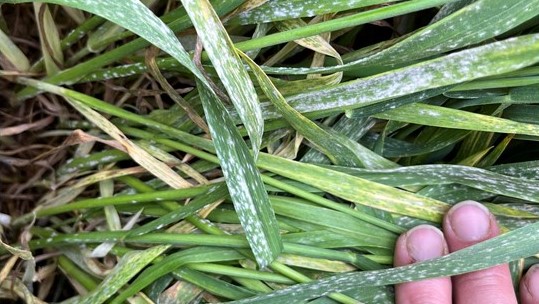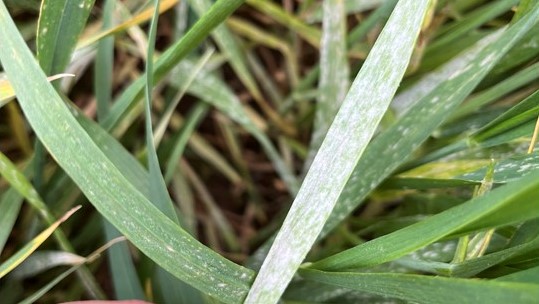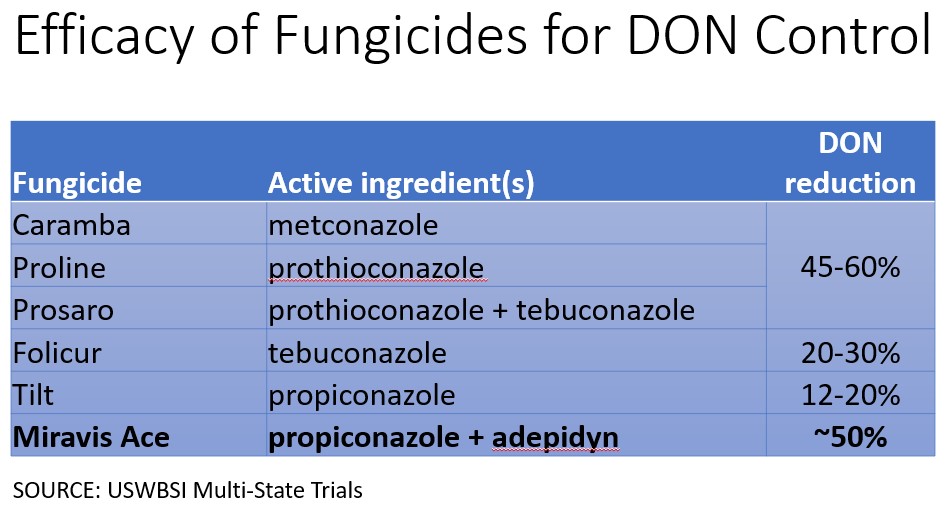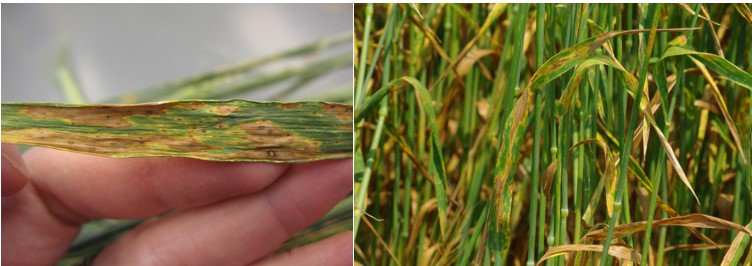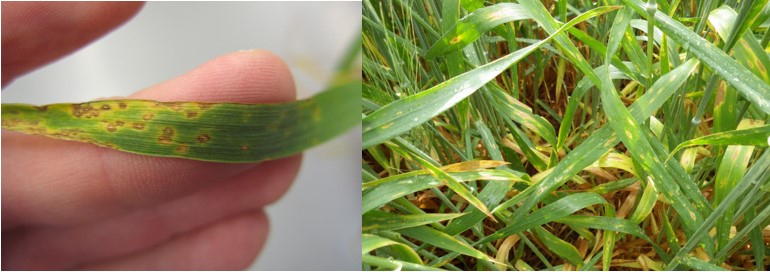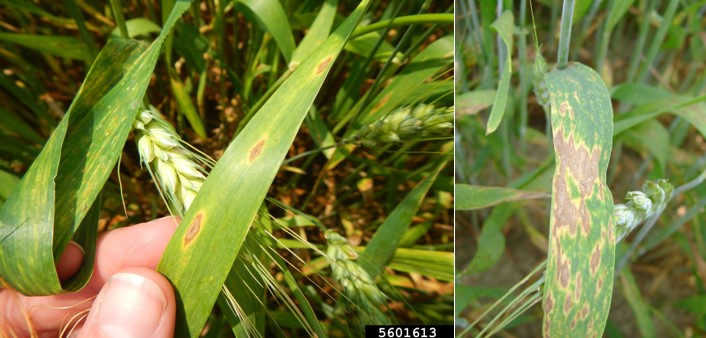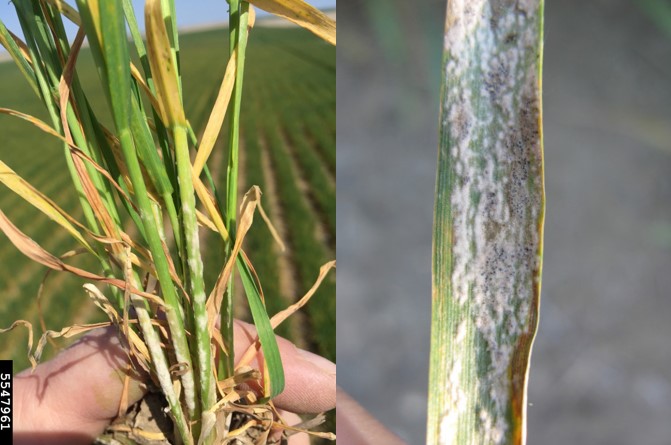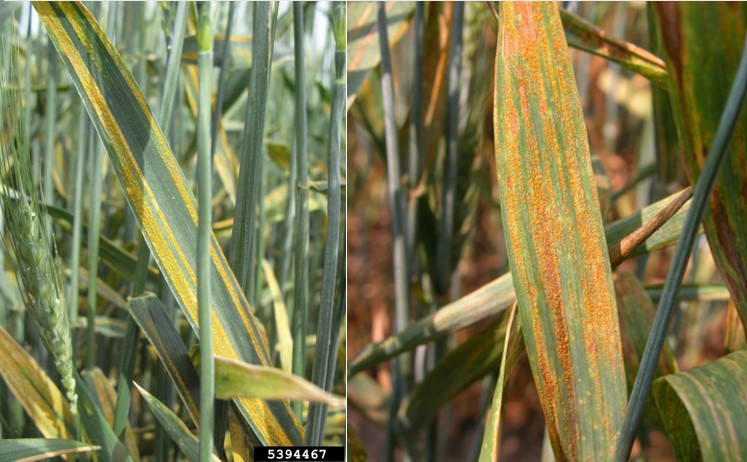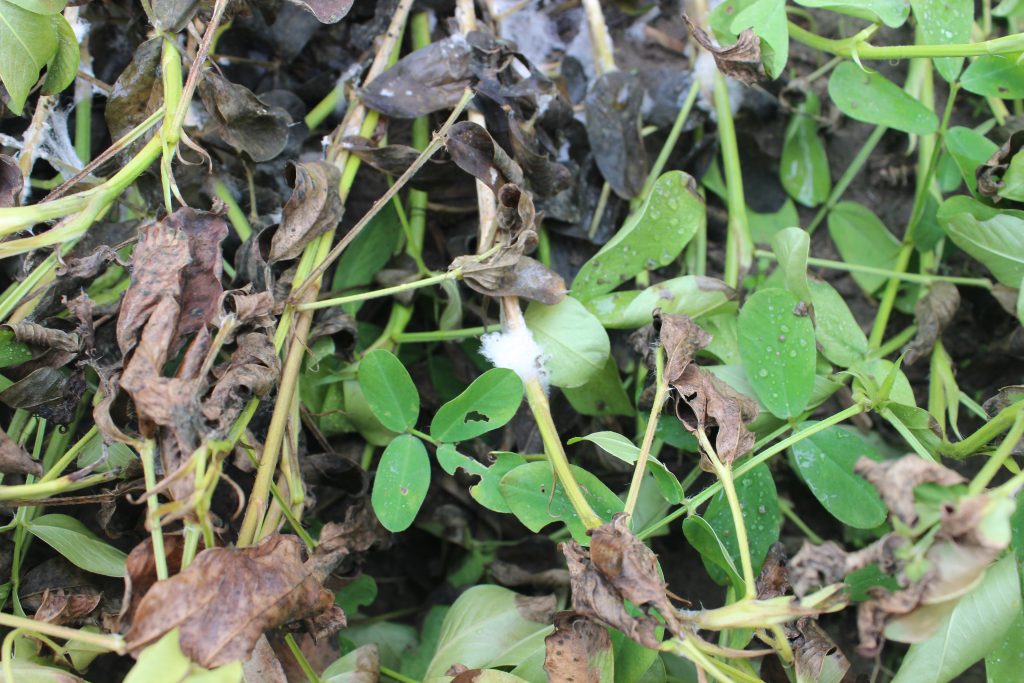I have had a few questions about starting a peanut fungicide program on slow growing or late planted peanuts recently. The rule of thumb date I typically use is if you haven’t sprayed for leaf spot by July 10th, go ahead and start making applications by that date. I know many growers that may spray once or twice before July 10th or R3 (early pod), but this year may be a good year to start spraying later. My thought process here is that: 1) leaf spot fungicide applications made on young peanuts in the early, vegetative stages are less susceptible to leaf spot; 2) much of the fungicide applied ends up on the soil surface and can’t protect peanuts or be taken up by foliage; and 3) since it seems peanut growth is delayed digging may occur later than normal so fungicide applications may be needed later than normal. If you start spraying now you may increase the number of fungicide applications you end up making, driving up production costs. In fields on rotations of 3 years or less (higher risk of leaf spot), spraying earlier than July 10th may be warranted. The best way to reduce fungicide inputs is by using a spray advisory such as the Virginia Peanut Leaf Spot Advisory available on the Peanut-Cotton InfoNet (https://webipm.ento.vt.edu/cgi-bin/infonet1.cgi) or the Virginia Peanut Hotline at 1-800-795-0700.
Speaking of disease advisories, don’t forget the VSBA (Virginia Sclerotinia Blight Advisory). One thing to make note of with the VSBA is that much of the risk calculated for Sclerotinia blight is based on the vine growth and canopy development of peanuts. So if peanuts are behind in growth the risk of developing Sclerotinia blight is also delayed. Therefore fungicide applications made to prevent Sclerotinia blight should be made later depending on vine growth. I would at least wait until vines are less than 6-inches from meeting in row middles before making a fungicide application specifically for Sclerotinia blight. The Miravis + Elatus tank-mix targets both leaf spot and Sclerotinia blight, so the July 10th start date still applies to the first application of that combination. Keep in mind that if it looks like we may be digging peanuts late that an additional application of Omega 500 may be needed up to 30 days prior to harvest to manage Sclerotinia blight if the second Miravis + Elatus tank-mix is applied in early August. Also, I recommend a FRAC Group 3 or DMI fungicide (like Provost Silver) that’s effective against Sclerotinia blight to go out with the last application of Miravis in case some leaf spot is present at the time of application. FRAC Group 3 or DMI fungicides have some curative or “kick-back” activity which can arrest leaf spot that’s present at the time of application.

